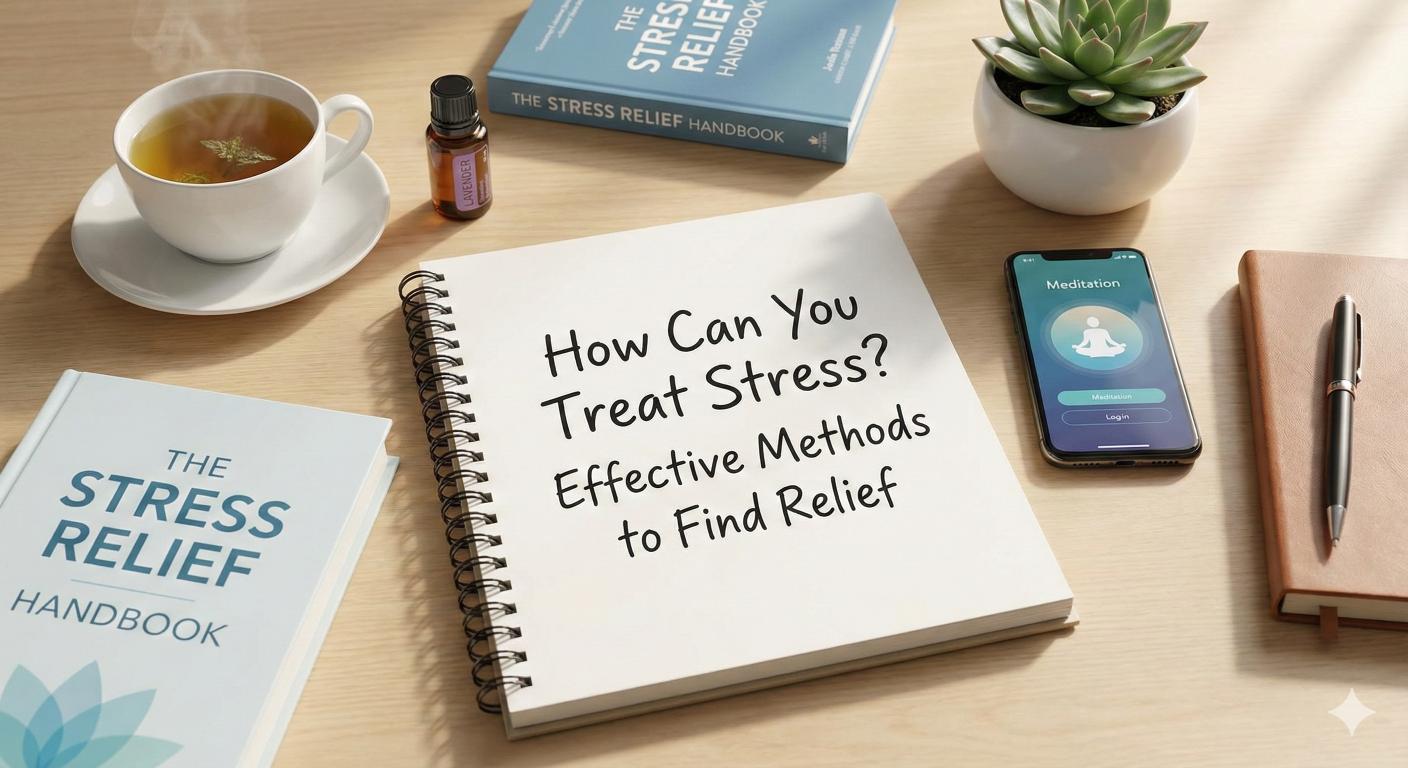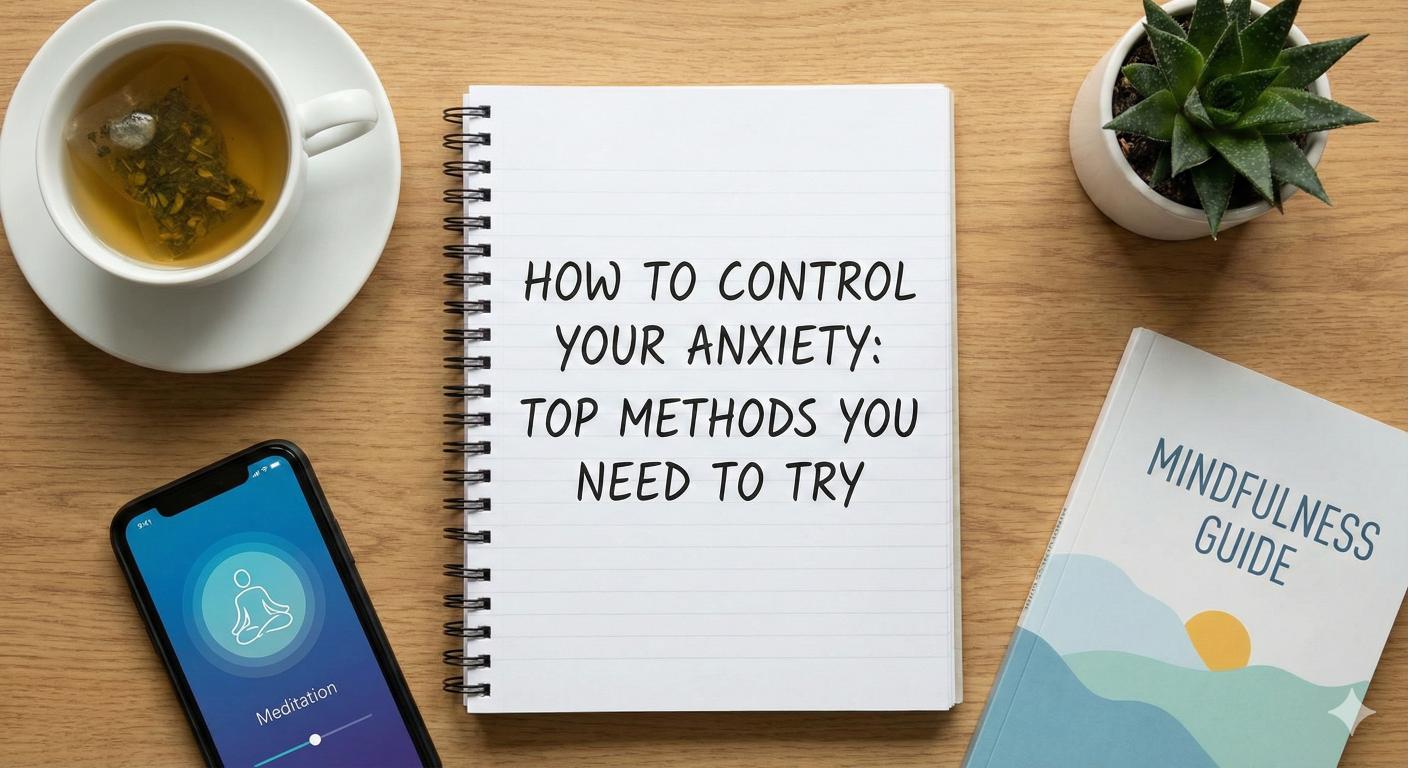Anxiety Attack vs Panic Attack
Explore the key differences between anxiety attack vs panic attack and learn effective coping strategies.

Understanding Anxiety and Panic
Understanding the nuances between anxiety attacks and panic attacks is vital for effective management and treatment. While both can cause discomfort, their experiences and triggers significantly differ.

Key Differences
Anxiety attacks and panic attacks share some overlapping characteristics but are fundamentally different in aspects such as onset and duration. Below is a comparison of these two types of episodes.
FeatureAnxiety AttackPanic AttackOnsetOften triggered by specific stressorsSudden onset, can occur unexpectedlyDurationCan last hours or even daysUsually lasts 5–20 minutesTriggering FactorsSituational stressors, ongoing stressCan occur with or without identifiable triggersSymptomsGradual buildup of symptoms, including nervousness and tensionIntense fear with overwhelming physical symptoms
These distinctions highlight that while anxiety may be rooted in ongoing stress or worries, panic attacks emerge abruptly and often without warning.
Symptoms
Both anxiety and panic attacks present a range of physical and emotional symptoms. However, panic attacks are typically characterized by more intense and acute symptoms compared to anxiety attacks.
Symptoms of Anxiety Attacks
Symptoms of Panic Attacks
The symptoms may vary in intensity and duration, but recognizing these signs can aid individuals in seeking appropriate help and understanding their mental health. For more information related to mental health challenges, including statistics on prevalence, visit our page on how many adults have anxiety. Understanding these symptoms is crucial for individuals to navigate their experiences and develop effective coping strategies.

Impact on Different Groups
Understanding the impact of anxiety and panic on specific groups helps to shed light on the broader implications for mental health. Two groups that experience unique challenges are LGBT+ youth and individuals based on gender differences.
LGBT+ Youth
LGBT+ youth face heightened risks regarding mental health, particularly anxiety and panic disorders. Research indicates that sexual minorities are more likely to experience generalized anxiety disorder (GAD), with LGBT+ youth being twice as likely to experience anxiety or panic attacks compared to their peers [1]. The additional stressors such as societal stigma, discrimination, and rejection often exacerbate these issues, leading to a higher prevalence of mental health challenges within this demographic.
The following table illustrates the incidence of anxiety disorders among different groups:
GroupPrevalence of Anxiety DisordersLGBT+ Youth30% (approx.)General Youth15% (approx.)
These statistics highlight the significant disparity in mental health outcomes for LGBT+ youth versus their heterosexual counterparts.
Gender Differences
Gender can also play a critical role in the experience of anxiety disorders. Women are reported to be twice as likely as men to develop an anxiety disorder [1]. This disparity may be influenced by various factors, including hormonal differences, socialization patterns, and the prevalence of certain life stressors.
The table below summarizes the differences in anxiety disorder prevalence based on gender:
GenderPrevalence of Anxiety DisordersWomen20% (approx.)Men10% (approx.)
These figures underscore the necessity for tailored approaches in diagnosis and treatment, as both LGBT+ youth and women may require specific attention in managing their mental health.
Understanding the impact of anxiety and panic disorders on these groups helps to create more inclusive mental health strategies. It is vital to consider these differences when addressing the broader conversation regarding anxiety attack vs panic attack. For more information on understanding symptoms, visit our article on what depression and anxiety feels like.
Diagnosis and Treatment
Understanding how anxiety and panic disorders are diagnosed and treated is crucial for effective management. Professionals utilize established criteria and tools to ensure accurate diagnoses and create personalized treatment plans.
Professional Diagnosis
Doctors or mental health professionals are trained to diagnose panic attacks, panic disorders, or anxiety disorders based on criteria in the Diagnostic and Statistical Manual of Mental Disorders, Fifth Edition (DSM-5). It is important to note that an anxiety attack is not recognized as a clinically defined condition in the DSM-5. Instead, healthcare providers focus on identifying symptoms of anxiety and confirming an anxiety disorder diagnosis.
When consulting a healthcare professional, they may utilize the following diagnostic process:
Diagnostic StepDescriptionClinical InterviewThe professional conducts a thorough interview to gather information about symptoms, triggers, and the patient's history.DSM-5 CriteriaDiagnosis is made if the patient's symptoms align with those outlined in the DSM-5 for anxiety or panic disorders.Rule Out Other ConditionsTests may be carried out to exclude other medical issues that could produce similar symptoms.
Therapy Options
Various therapy options are available for managing anxiety and panic disorders. Treatment is often tailored to meet the individual's specific needs, ensuring the most effective approach.
The diagnosis and treatment process for anxiety and panic disorders is vital for leading a healthy and fulfilling life. For further information on understanding anxiety, one can refer to related articles such as how many adults have anxiety and what depression and anxiety feels like.
Risk Factors and Prevalence
Understanding the risk factors and prevalence of anxiety disorders and panic attacks is vital for better management and treatment options. Both genetic and environmental influences play significant roles in a person's susceptibility to these conditions.
Genetic Factors
Anxiety disorders often have a hereditary component, meaning that individuals with a family history of anxiety may be more likely to experience similar issues. Studies have shown that the likelihood of developing anxiety increases significantly if a relative has had the disorder. Panic disorder specifically affects approximately 4.7% of U.S. adults at some point in their lives, showcasing its prevalence [2].
Family History of AnxietyLikelihood of Developing Anxiety DisorderNo Family HistoryLow RiskOne Immediate RelativeModerate RiskTwo or More Immediate RelativesHigh Risk
Environmental Triggers
Alongside genetic factors, environmental influences also contribute to the risk of developing anxiety disorders. Stressful life events, trauma, and prolonged exposure to adverse situations can trigger or exacerbate anxiety symptoms. For instance, significant life changes such as moving, relationship challenges, or job loss can be catalysts for anxiety issues.
Common environmental triggers may include:
It is important to note that individuals with anxiety have an increased risk of experiencing panic attacks, but having anxiety does not guarantee that one will have a panic attack [3]. Understanding these risk factors can help individuals seek appropriate support and treatment options.
For further insights into how anxiety manifests, one can explore what depression and anxiety feels like or delve into the connection between lifestyle factors and mental health through our article on how does technology cause depression and anxiety.

Managing Panic Disorder
Panic disorder can significantly impact an individual's life. Effective management is crucial, and it often involves a combination of medication and therapeutic approaches tailored to the individual's needs.
Medication Options
Medical professionals may recommend various medications to help alleviate the symptoms of panic disorder. These medications can aid in reducing the frequency and severity of panic attacks. Below is a table highlighting common medication types and their use in managing panic disorder.
Medication TypeDescriptionSelective Serotonin Reuptake Inhibitors (SSRIs)These medications boost serotonin levels in the brain, which may improve mood and reduce anxiety. Examples include fluoxetine and sertraline.Serotonin-Norepinephrine Reuptake Inhibitors (SNRIs)These work similarly to SSRIs but also affect norepinephrine, assisting in anxiety and panic management, like venlafaxine.BenzodiazepinesThese are fast-acting medications that alleviate anxiety but may lead to dependence, hence should be used with caution.Beta-BlockersOften used to control physical symptoms of anxiety, such as rapid heartbeat and sweating, helping manage panic attack symptoms.
Medical professionals often suggest therapy, medication, or a combination of both for treating severe anxiety or panic disorders [1]. If symptoms persist after initial treatments, a referral to a mental health specialist may be necessary for further evaluation and an effective treatment plan.
Therapeutic Approaches
Therapy plays a vital role in managing panic disorder and often focuses on cognitive-behavioral strategies aimed at changing thought patterns and behaviors associated with panic attacks. Below are key therapeutic options:
Engaging in regular healthy behaviors, such as physical exercise and good sleep hygiene, can also aid in coping with panic disorder. Additionally, avoiding stimulants like caffeine or alcohol may mitigate symptoms [2].
For further information on coping mechanisms, visit our article on how to get out of anxiety. Understanding the differences between anxiety attack vs panic attack is also vital for selecting appropriate treatment methods.
Coping Strategies
Managing anxiety and panic attacks effectively often involves incorporating various coping strategies into daily routines. This section explores healthy behaviors and mindfulness techniques that can help individuals cope with anxiety and reduce the impact of panic attacks.
Healthy Behaviors
Adopting healthy behaviors plays a significant role in managing anxiety. Engaging in regular physical exercise, maintaining good sleep hygiene, and avoiding stimulants such as caffeine and alcohol can contribute positively to mental health.
Healthy BehaviorBenefitsRegular Physical ExerciseReduces stress, improves moodGood Sleep HygieneEnhances emotional resilienceAvoiding Alcohol/CaffeineDecreases anxiety levels
Incorporating these behaviors into a daily routine can lead to long-term benefits for mental well-being. Evidence suggests that effective treatments for anxiety include not just medication, but also lifestyle adjustments.
Mindfulness Techniques
Mindfulness techniques can also be beneficial in managing anxiety and panic disorder. These methods focus on being present in the moment and can help reduce stress levels. Key mindfulness practices include:
Research indicates that newer treatments like mindfulness-based cognitive therapy can be effective overall strategies for reducing anxiety symptoms [2]. Individuals struggling with symptoms may also find it beneficial to explore additional resources on how to get out of anxiety and what depression and anxiety feels like.
By integrating healthy behaviors and mindfulness practices into their daily lives, individuals can develop more effective coping strategies for managing anxiety and panic attacks.
References
[2]:
[3]:
[4]:
More Resources
A team ready to start your journey.
Get in touch — today.
We are a safe space – a haven for exceptional individuals to receive discreet, personalized, in-person treatment and care.
.avif)










